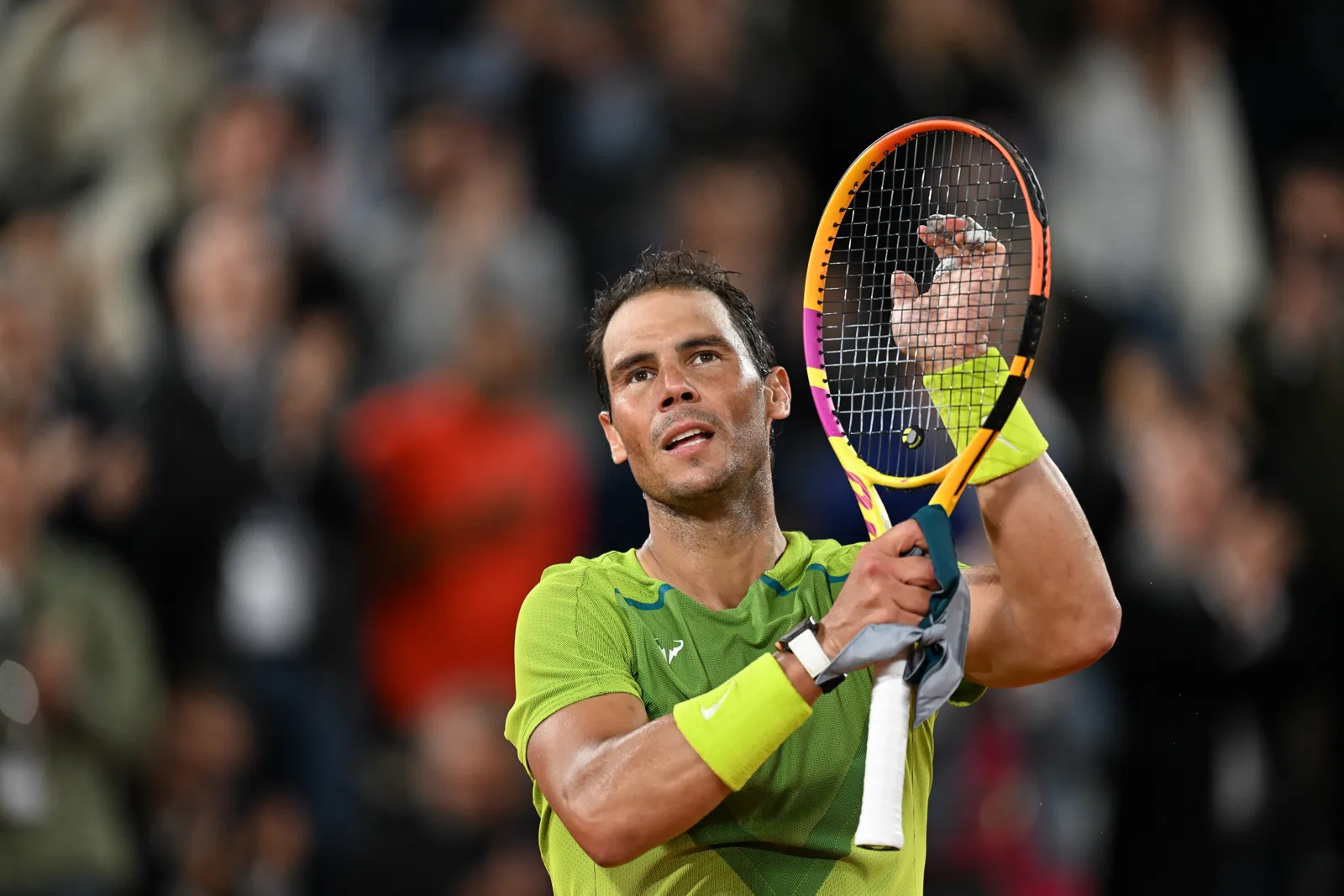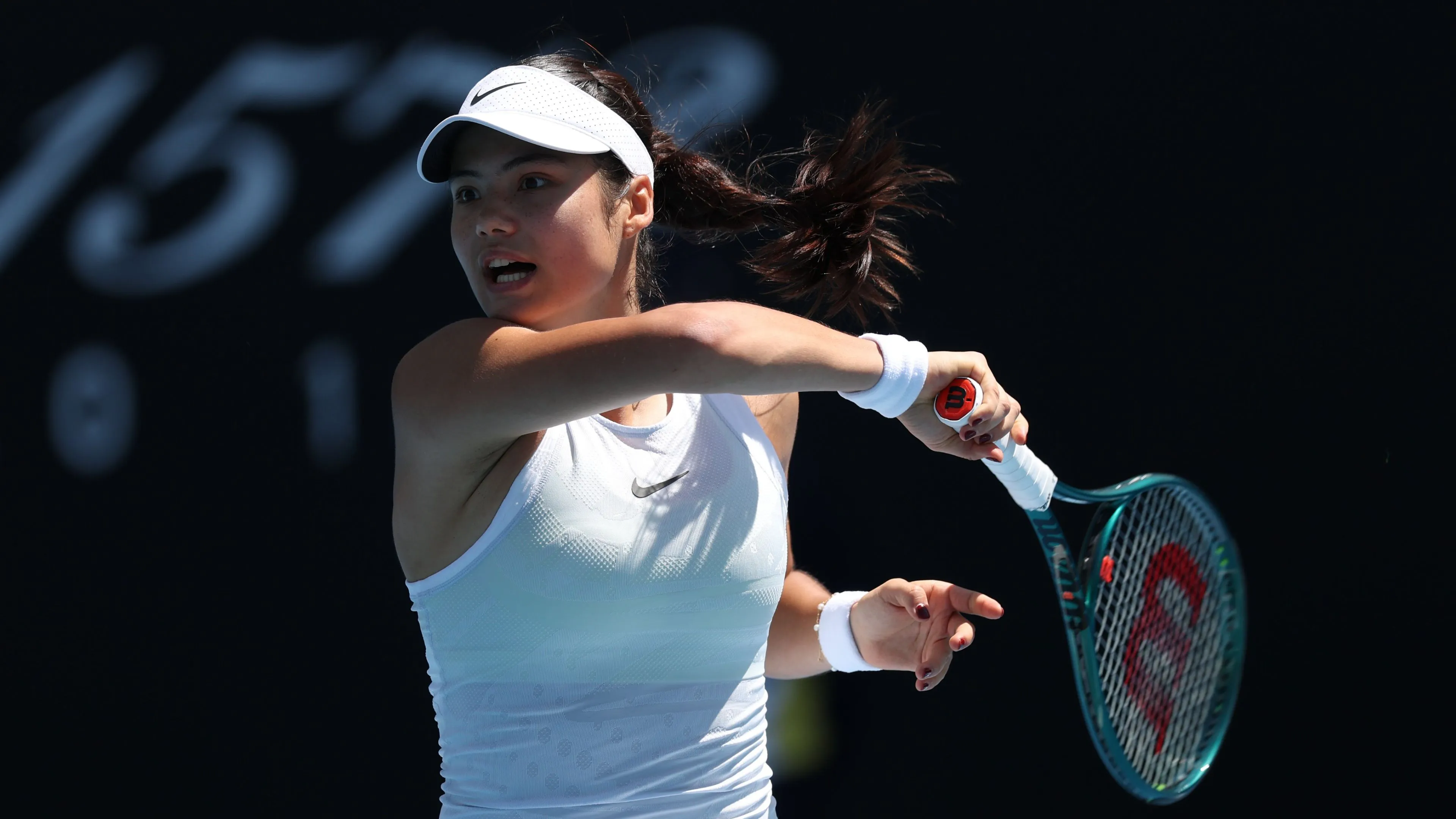
Let’s take a look at the racket specs of Jannik Sinner, and just what is demanded of one of the heaviest hitters on the ATP Tour.
Following the example of Novak Djokovic, Jannik Sinner endorses the current Head Speed Auxetic. And although this is not his actual racket underneath, Sinner actually does use a version of the Head Speed – based on the Head Speed Graphene Touch from 2015.
Albeit, with a few custom adjustments. With a static weight of 325 grams and a relatively high balance of 33.3cm, Sinner’s rackets appear to be fairly simply customised from the stock Speed MP specs, bringing up the swingweight to a more challenging and professional-friendly 340 kg/cm2 .
The lead weight added to the sides of Sinner’s racket head will, in addition to the significant increase in swingweight, add some much-needed stability to the frame – something the old Graphene Touch Speed rackets lack over the newer, more powerful models.
Read also
The trade-off is this modification will greatly reduce the maneuverability of the racket. However, Sinner’s compact groundstrokes compliment this higher swingweight excellently, generating solid and consistent power with ease, rather than the explosiveness of rival Carlos Alcaraz, who uses a racket of lower swingweight.
Like several other peers endorsed by Head, including Alexander Zverev and Taylor Fritz, Sinner makes use of Head Hawk – a polyester tennis string with a high degree of control and great touch.
Due to the stiff nature of the polyester string material, most players – including professionals – tend to string full polyester setups well below 55lbs for both injury prevention and optimal playability, with some, such as Jack Sock and John Isner, even going as low as 35lbs.
Jannik Sinner, however, has gone down a different path. With one of the highest string tensions on tour at elbow-wrenching 62lbs, it is clear Jannik Sinner demands maximum control from his racket.
A necessary request from the ATP player with some of the highest average groundstroke speeds on tour, as the unyielding stringbed will offer the high degree of directional control required to make Sinner's powerful swings manageable.
Interestingly, Sinner has said he used to string his own rackets in the early days of his career, on the challenger tour. In an interview with the ATP, he recalls breaking strings in all of his rackets during a practice session in quick succession – which for one undid his hard off-court work, and secondly, resulted in him moving up a gauge to a thicker, more durable version of his string of choice.
Read also
Loading







